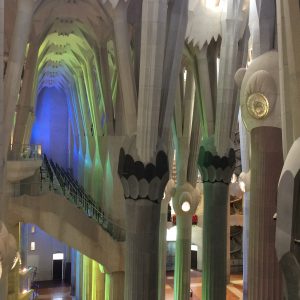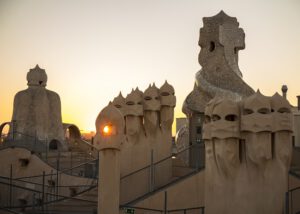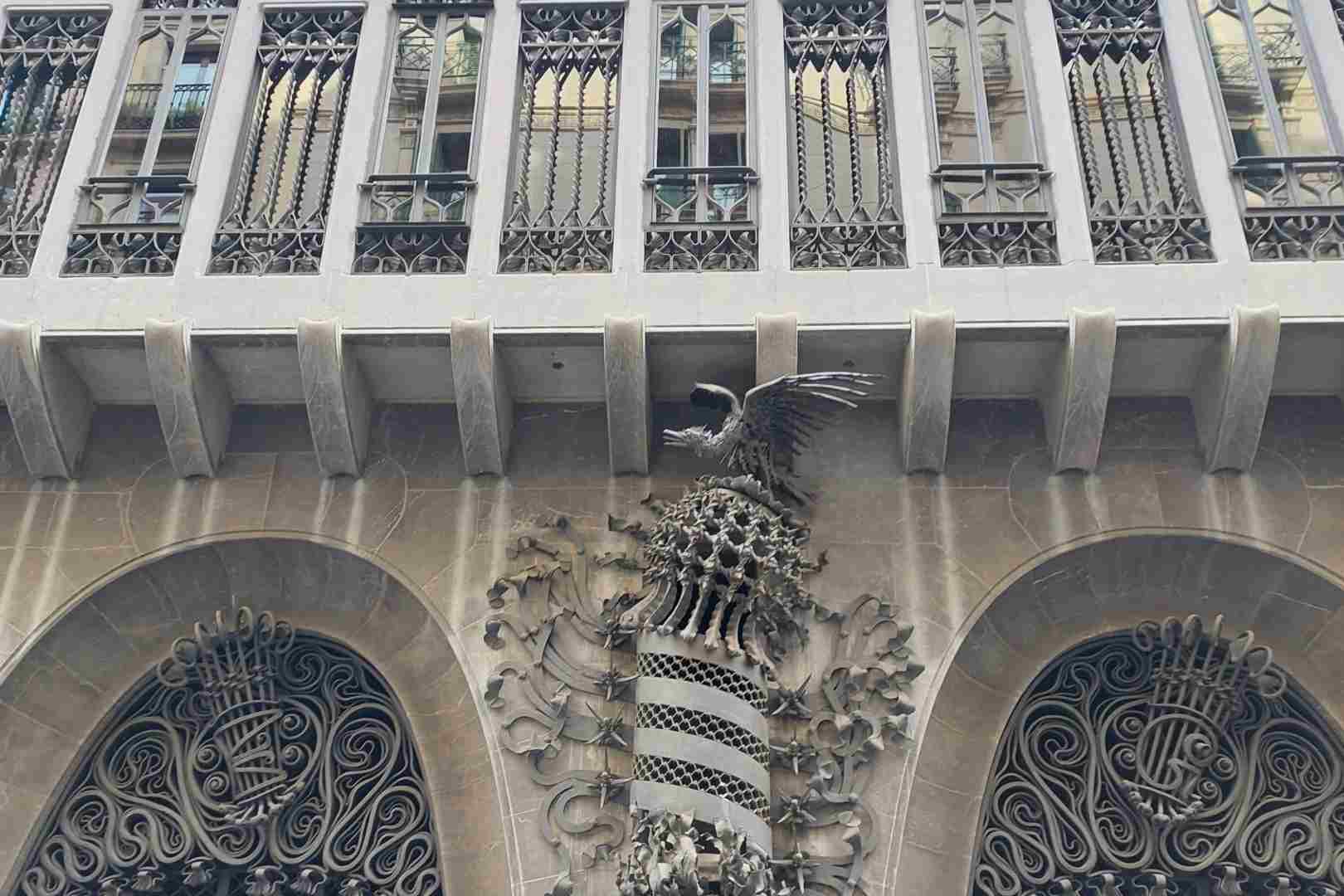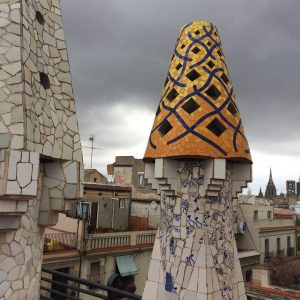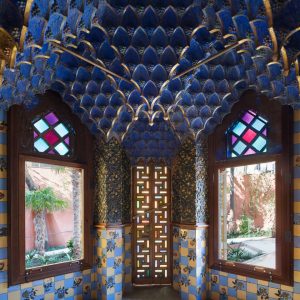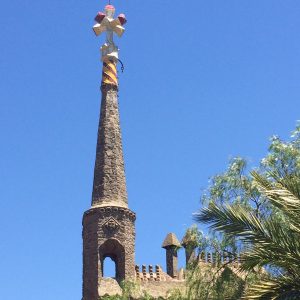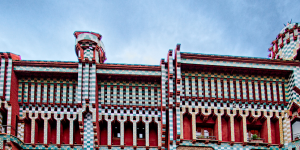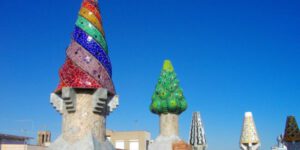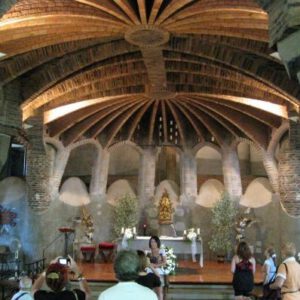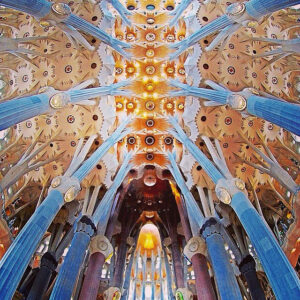Antoni Gaudí retrospective takes over the Musée d’Orsay in Paris – until July 17th 2022
The current retrospective at the Musée d’Orsay in Paris shines a spotlight on one man’s unique vision and lasting legacy. The exhibit takes a closer look at this unique artist’s brilliant career.
The Musée d’Orsay in Paris is currently home to a large retrospective, called Gaudí, which runs until July 17, 2022. The exhibition was at the Museu Nacional d’Art de Catalunya for some months and now has reached the French capital. It shows Antoni Gaudí in a different way, via his drawings, renderings, furniture and houseware designs.
Organised by the Musée d’Orsay and the Musée de l’Orangerie in Paris, along with the Museu Nacional d’Art de Catalunya (MNAC) in Barcelona, the exhibition has assembled film, photos, artefacts, original drawings, scale models and even a 3D projection of Gaudi’s workshop, all with the aim of exploring how this brilliant architect was not the isolated genius of myth, but was, in fact, very much shaped and influenced by the specific political, social, and artistic environment of his day. It also reveals how Gaudi’s work ended up transcending the very time in which he lived.
The exhibition shows his first works executed under the orders of architects such as Josep Fontseré in the Ciutadella Park; of F. de Paula del Villa, in Montserrat; his first work for the Obrera Mataronense de Mataró cooperative, and the urban furniture objects he created, such as advertising stands, newsstands, lampposts, shops or commercial showcases, “necessary for the growing city”, explains the curator of the exhibition.
It can also be seen how from the first important architectural commissions (Casa Vicens or the Güell pavilions in Pedralbes, in which he already shows his ability to use new materials and techniques) he went on to projects for his great patron, Eusebi Güell (the Palau Güell, Parc Güell and the crypt of Colonia Güell), with which Gaudí gave free rein to his creativity.
The majority of Gaudi’s first important works were commissioned by the wealthy Güell and Comillas families, and they include Casa Vicens (1883-1888), Finca Güell (1884-1887) and the Palais Güell (1886-1889) in Barcelona, as well as the Villa El Capricho (1883-1885) in Comillas. These early structures bore distinct Orientalist (Mudejar) and neo-Gothic influences, while at the same time hinting at the wild flights of fancy yet to come.
As Gaudi’s career in architecture progressed, he was also creating more and more of the furniture and furnishings for these buildings. By putting a significant focus on the ornamentation of the interior, he drove the whole spirit of the structure to reflect his vision. At Casa Calvet, for instance, he designed everything from the seating – velvet armchairs and stools, three-seat sofas, and double benches – to the oak dining tables, pine book cases, office desks, and clothing racks.
To fully appreciate the tragedy of Antoni Gaudi’s final few days on earth, one must understand the change in character he underwent after committing himself entirely to working on Sagrada Família. Although he remained single throughout his life, when he was a young man – flush with success – he dressed like a dandy in expensive suits, always sporting a well-groomed beard and a fine haircut. He also ate well, made frequent visits to the theatre and the opera, and visited his project sites in a horse-drawn carriage. The older Gaudi, by contrast, was exasperatingly frugal, wore old worn-out suits, and neglected his appearance so much that sometimes he was mistaken for a tramp.
The genius who creates from nothing, that of the saint who builds illuminated by divine grace, that of the artist ignored in life and only recognized after his death or that of the demiurge who lives oblivious to what bubbles in the artistic pipettes of the rest of the planet. They are the myths, the legends, converted into tourist attractions, on which the figure of the architect Antonio Gaudí (1852-1926) has been built, to whom the exhibition that opened on April 12nd in the Musée d’Orsay in Paris.

